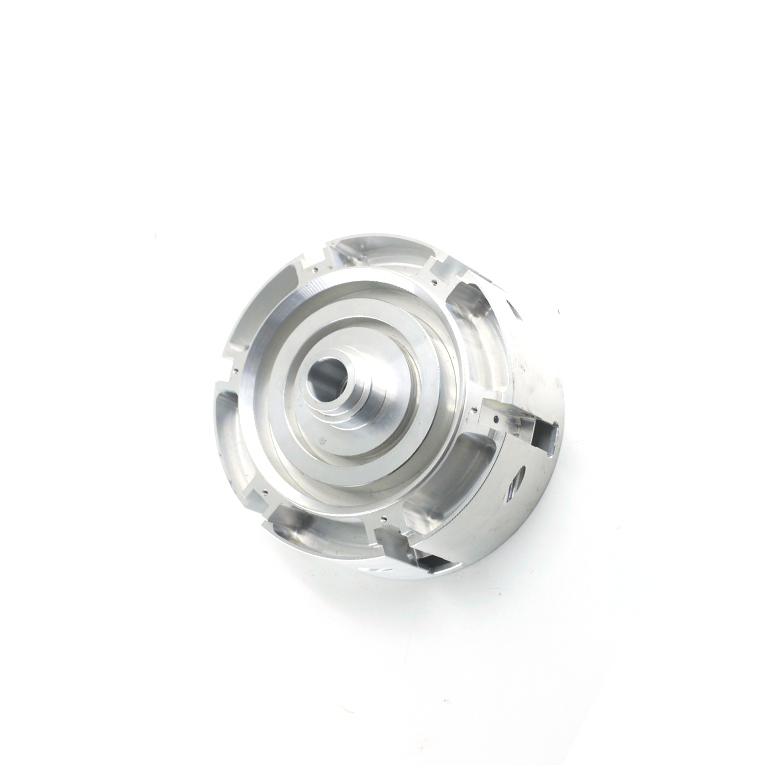
In the realm of modern manufacturing, Computer Numerical Control (CNC) machining stands as a technological marvel, revolutionizing the way intricate parts and components are crafted with unparalleled precision and efficiency. At the heart of this innovation lies the concept of a "computer lathe," an essential process that has redefined the landscape of the machining industry.
The term "computer lathe," often referred to as CNC lathe or simply "CNC," encapsulates a cutting-edge manufacturing technique that involves the utilization of computerized controls to orchestrate the movement of machine tools. This process replaces the traditional manual manipulation of these tools, allowing for meticulous and automated execution of tasks, resulting in products of exceptional quality.
The CNC machining process initiates with the creation of a digital design or blueprint of the desired product. This design is then translated into a series of instructions, known as G-codes and M-codes, which serve as the language for communication between the computer and the CNC machine. These instructions dictate the precise movements of the machine's cutting tools in multiple axes, such as X, Y, and Z, ensuring that the material is sculpted with exactitude.
The advantages offered by CNC machining are manifold. Firstly, the automation of the process significantly reduces the potential for human error, resulting in consistent and reproducible output. The intricate details and complex geometries that were once painstakingly crafted by skilled machinists can now be replicated with astonishing accuracy, meeting the most demanding design specifications.
Moreover, CNC machining liberates manufacturers from the constraints of traditional machining techniques. Complex 3D shapes, contours, and patterns that were once arduous to produce are now within reach. This flexibility grants designers unprecedented creative freedom and empowers engineers to innovate without compromise.
Furthermore, CNC machining expedites production cycles. The automation and precision of the process translate to reduced lead times and increased efficiency. Rapid prototyping and iterative design become feasible, facilitating quicker development cycles and ultimately speeding up time-to-market for new products.
It is worth noting that while CNC machining offers numerous advantages, it is not devoid of challenges. The initial setup of the machine and programming can be intricate and time-consuming. Skilled operators and programmers are essential to harness the technology's full potential. Additionally, the high upfront investment for CNC equipment and training might deter some smaller manufacturers from adopting the technology.
In conclusion, the advent of CNC machining, often referred to as "computer lathe," has redefined the landscape of the machining industry. By harnessing the power of computerized controls, this technique enables the creation of intricate and precise components with unmatched efficiency. The fusion of automation, precision, and creative freedom positions CNC machining as an indispensable tool in modern manufacturing. As technology continues to evolve, the realm of CNC machining is poised to push the boundaries of what is possible, ushering in a new era of precision artistry.

Copyright © 2025 Dongguan Yifeng Metal Co., Ltd. | All Rights Reserved